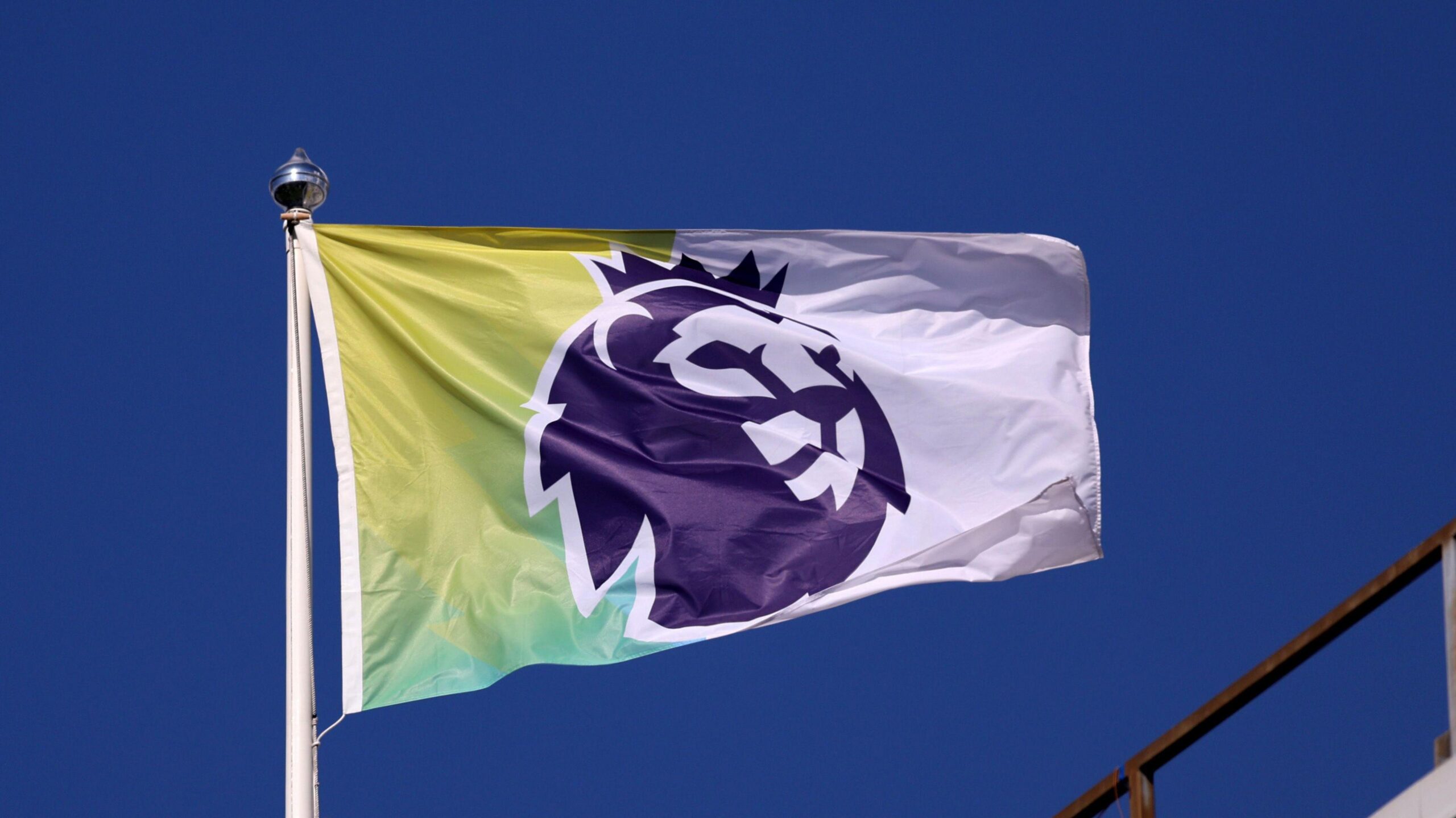- 30 Comments
Next season, the Premier League will switch to a new financial fair play model based on squad costs.
On Friday, the clubs convened in London to vote on three different ways to replace sustainability and profit regulations.
The minimum number needed to enact a rule change was 14 votes in favor and six against, according to Squad Cost Ratio (SCR).
Clubs will be able to generate 85% of their revenue, but European competition teams must adhere to Uefa’s maximum of 70%.
The club’s financial spending plans over the medium and long term were unanimously approved as sustainability rules.
However, anchoring failed to gain the necessary support in order to establish a top spending cap based on the money made by the bottom club. Seventy-eight people cast ballots against it, with one abstaining.
A Premier League statement read, “The new SCR rules are intended to promote opportunity for all clubs to aspire to greater success and bring the league’s financial system to Uefa’s existing SCR rules.”
What is the impact of clubs on squad cost ratio?
Profit and Sustainability (PSR) is concerned with a club’s balance sheet of all revenues over a three-year period, whereas SCR is only concerned with team costs on a seasonal basis.
Numerous clubs, with good financial standings, were content with PSR and wished to maintain the status quo. The change was rejected by Bournemouth, Brentford, Brighton, Crystal Palace, Fulham, and Leeds.
SCR places a club’s maximum revenue cap of 85% on player and manager wages, transfers, and agent fees.
However, there will be a dual system in place, with clubs in European competition required to adhere to Uefa’s 70% SCR limit. Uefa might impose sanctions on a club, but it could still win the Premier League.
Given the higher revenue received by those teams competing in Europe, the higher cap is intended to safeguard the Premier League’s competitive balance.
Uefa fined both Chelsea and Aston Villa for violating the 2024-2019 campaign, when the maximum allowed in Europe was 80%.
With a 30-percent multi-year rolling allowance that allows clubs to spend more than the cap, the Premier League also offers some wiggle room. It enables clubs to make an investment before revenue, variance, or underperformance in sports.
Every March, a review is conducted, and the allowance is crucial to figuring out potential sporting sanctions for the same season.
The Green Threshold refers to the 85% mark. If you spend more than that, you pay a fine.
The allowance is added to the Red Threshold’s 85%. If you go beyond that, you get a fixed six-point deduction that rises by one point for every £6.5 million spent above the Red Threshold.
Consider this scenario. Effectively, every club will begin the following season at 85% plus a 30% bonus.
Any clubs that spend more than 85% will be fined, but a sporting sanction would require more than 115%.
However, in 2027-28, those figures will change.
Let’s say a club will dedicate 10% of their next season to their squad. That means they have used up 20% of their allowance and have used up 95% of it by the year 2027-28.
A club can increase the allowance up to a maximum of 30% if it spends less than 85%.
related subjects
- Premier League
- Football
- 17 October


Source: BBC

Leave a Reply